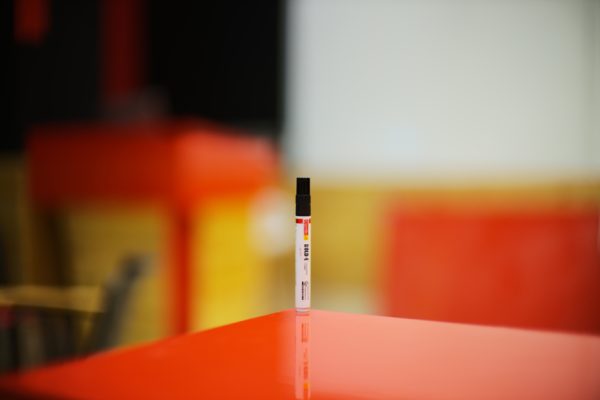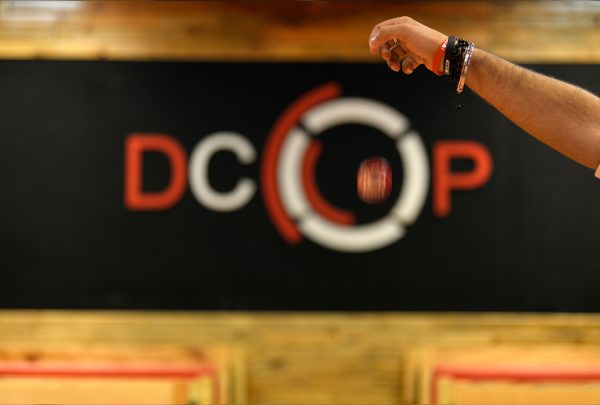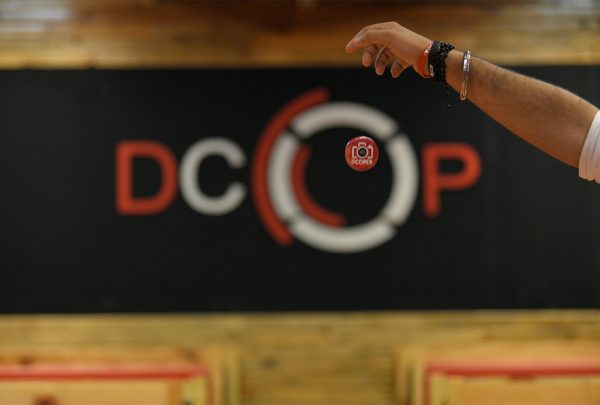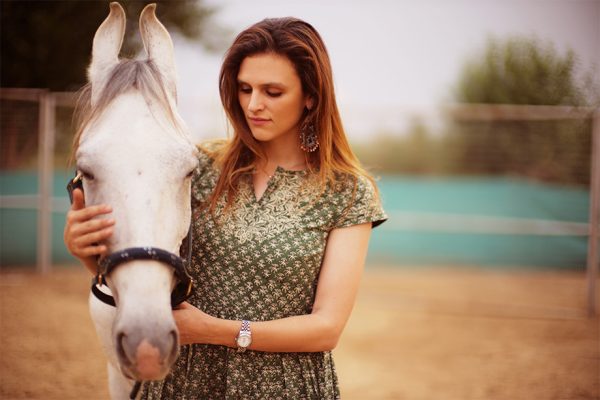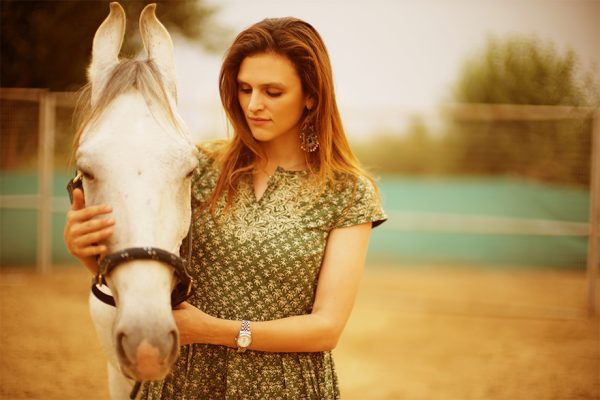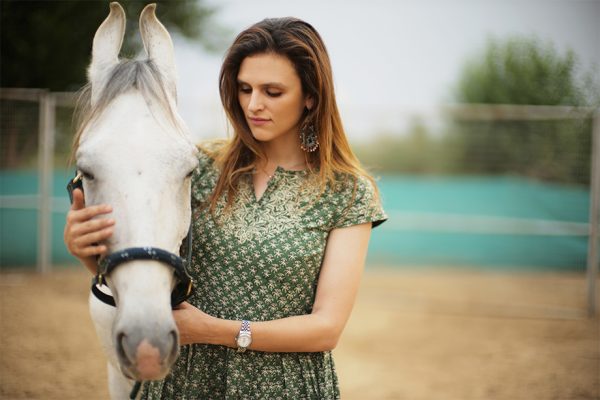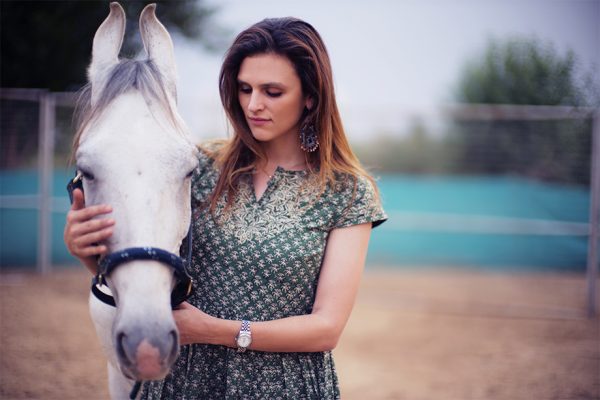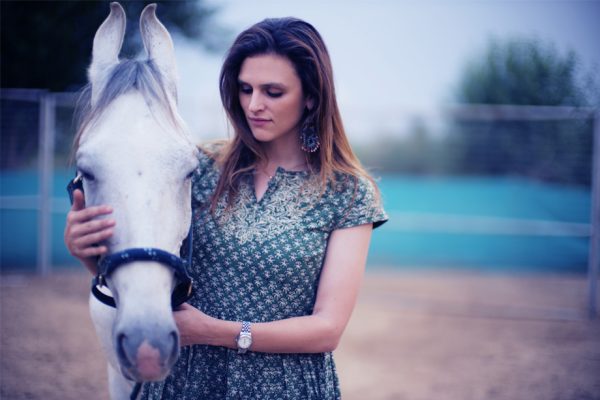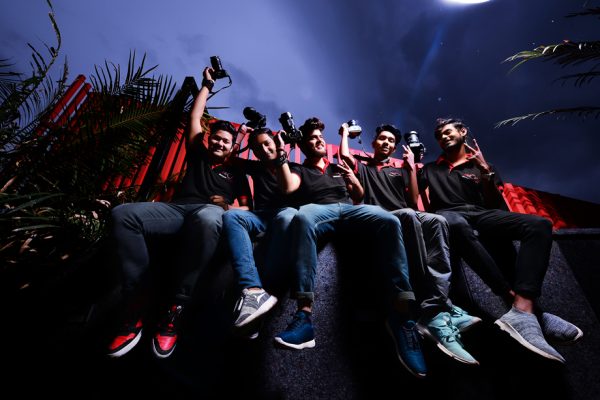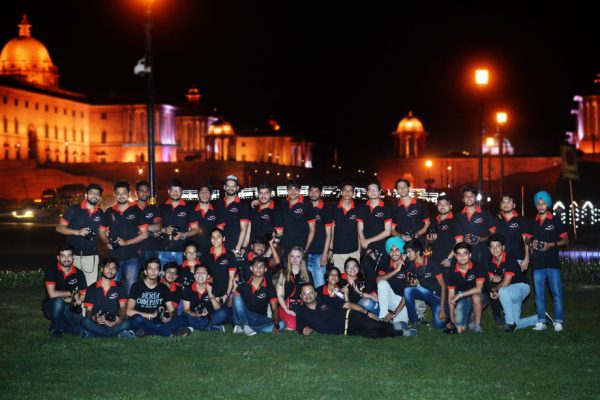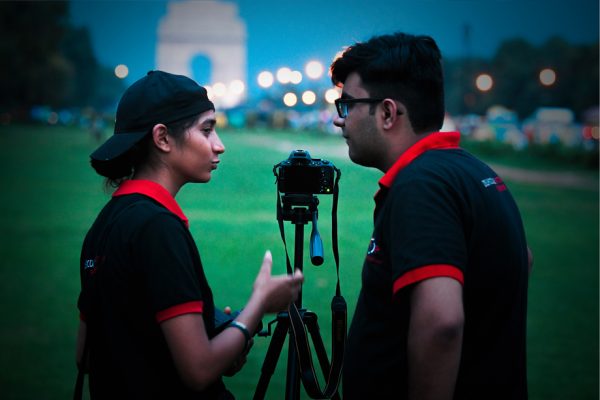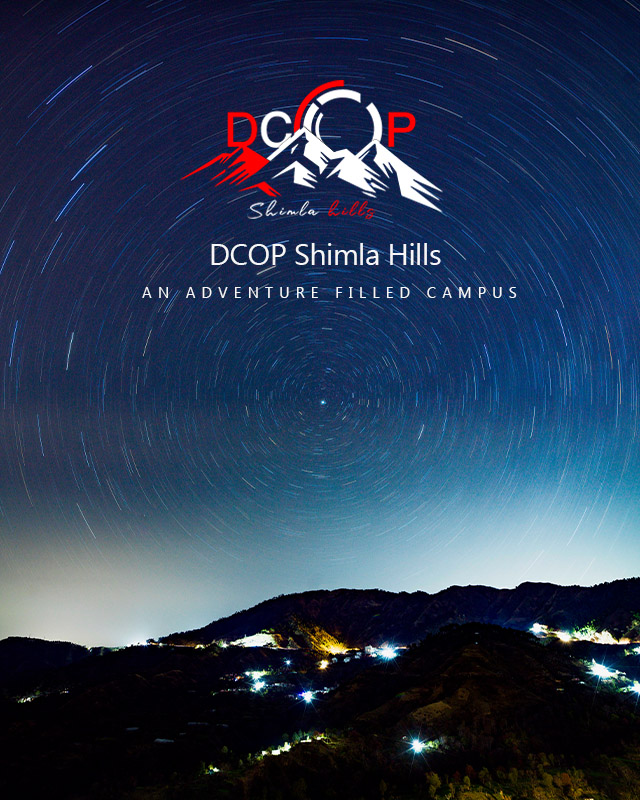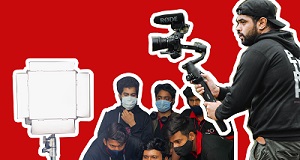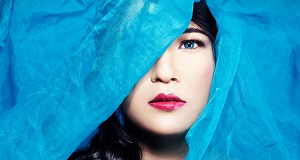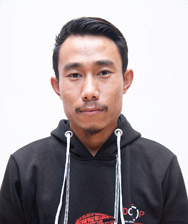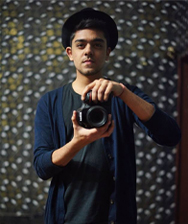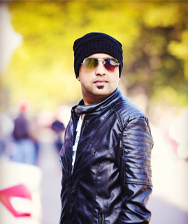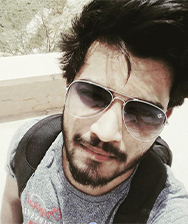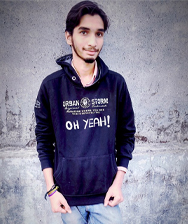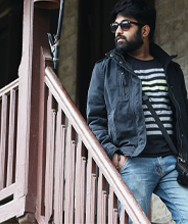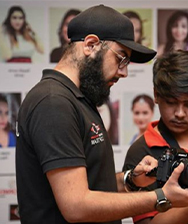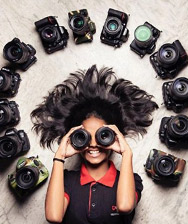Enquire Now
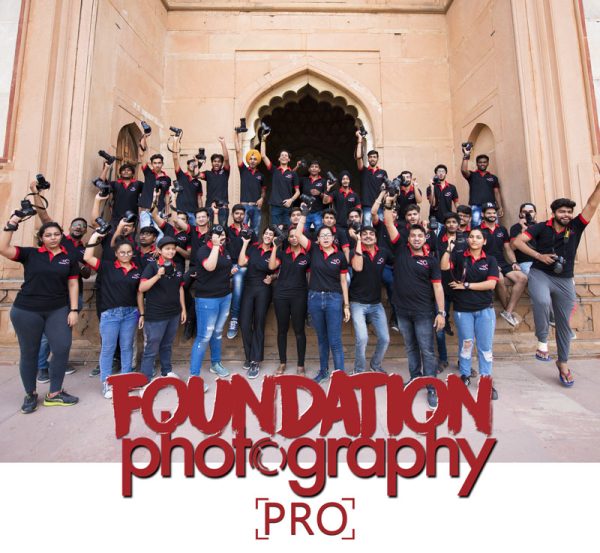
- Duration: 8 weeks (weekend classes)
- Age limit: None
- Price: 21,600 + GST
- Equipment Required: DSLR Camera, Tripod, External Flash
Foundation Photography Pro course is a very comprehensive photography course, aimed for beginners. The course covers the basics of photography and goes on to more advanced photographic concepts and techniques like lighting, exposure triangle, portraiture, composition, long exposure, light painting, speed Light, E-commerce, product photography, photo editing, etc. The course is suitable both for owners of DSLR cameras willing to improve their photography skills and for those who plan to continue shooting professionally.
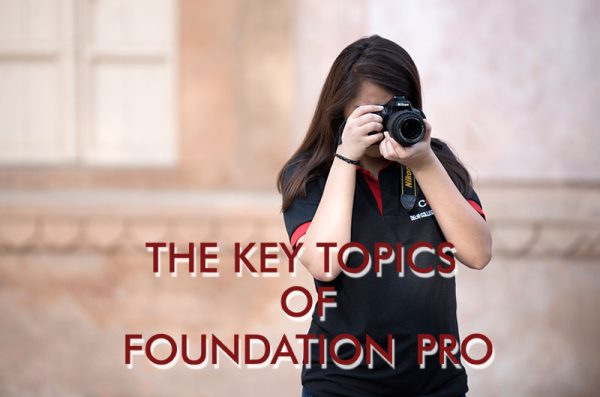
 HISTORY OF PHOTOGRAPHY
HISTORY OF PHOTOGRAPHY WHITE BALANCE
WHITE BALANCE
Understanding color temprature Introduction to digital photography
Introduction to digital photography
Types of lenses
Image resolution
Raw image Vs. Jpeg
Megapixels Types of photography
Types of photography
Exposure composition
Metering mode
Focusing modes EXPOSURE TRIANGLE
EXPOSURE TRIANGLE
ISO
Shutter speed
Aperture COMPOSITION
COMPOSITION
Angles
Framing & composition DEPTH OF FIELD
DEPTH OF FIELD PHOTOWALKS WITH OUR FACULTY
PHOTOWALKS WITH OUR FACULTY
Day outdoor shoot
Night outdoor shoot STUDIO LIGHTING
STUDIO LIGHTING
Working with strobe lights
Light modifiers: reflectors, soft boxes, umbrellas, and etc. SPECIAL TECHNIQUES
SPECIAL TECHNIQUES
Candid Photography
Smoke Photography
Silhouette CREATIVE SHUTTER SPEED
CREATIVE SHUTTER SPEED
Panning
Light painting
Long Exposure Photography Candid Photography
Candid Photography  speed light Photography
speed light Photography  PRODUCT PHOTOGRAPHY (FOR E-COMMERCE)
PRODUCT PHOTOGRAPHY (FOR E-COMMERCE)
Using light Cube/Light Box
Setting up the studio Lights
Shooting with White Background
Cutting and Filling of Light on product LEVITATION PHOTOGRAPHY
LEVITATION PHOTOGRAPHY  PHOTO EDITING
PHOTO EDITING
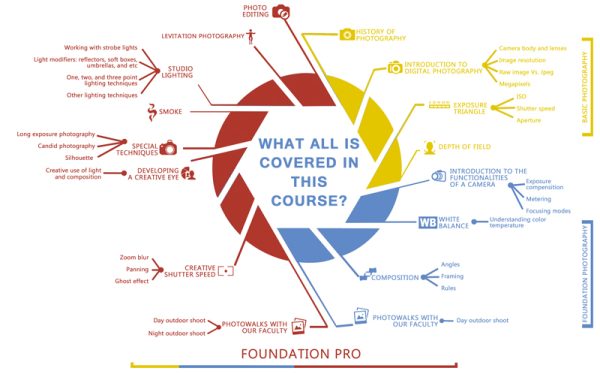
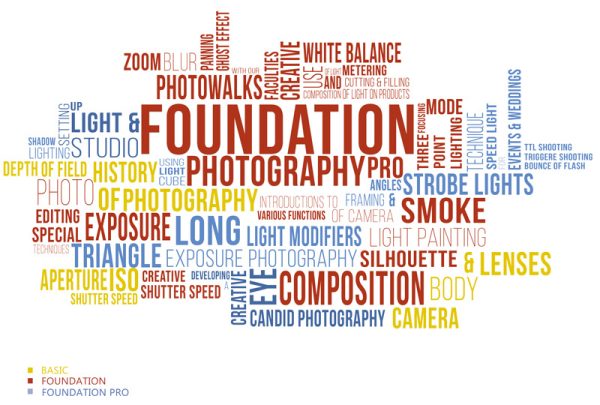
Exposure triangle is a combination of three different elements in the camera i.e. the shutter, aperture, and ISO. All of these elements have a different purpose to serve. The photographer may choose the combination of these in different ways to achieve whatever is required for the photograph.
These elements control different functions and are related to each other in some or other ways. Therefore, depending on what is desired in a photograph one can achieve great results using the exposure triangle to his benefit.
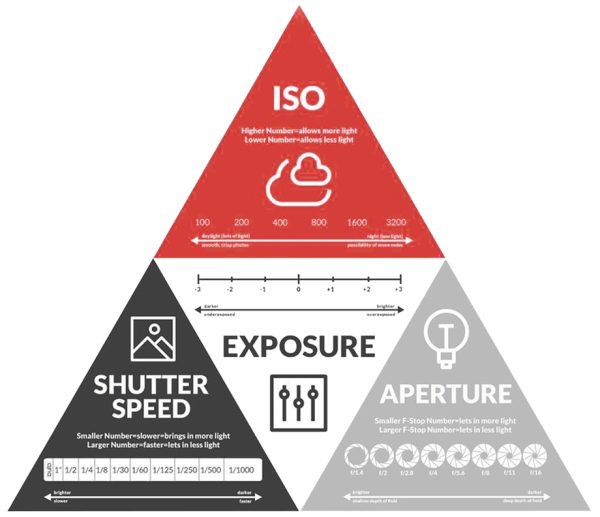
For many cameras, depth of field is the distance between the nearest and the furthest objects that are in acceptably sharp focus in an image. The depth of field can be calculated based on focal length, distance to subject, the acceptable circle of confusion size, and aperture. The depth of field in a photograph could be divided into two categories: shallow and large. Shallow being blurred out other than the point of focus and large being the maximum area of an entire photograph in focus.
In photography, shutter speed or exposure time is the length of time when the film or digital sensor inside the camera is exposed to light, also when a camera’s shutter is open when taking a photograph. The amount of light that reaches the film or image sensor is proportional to the exposure time.
The shutter speed of a camera is denoted in fractions of 1 second and the shutter can be kept open for 30 sec or even more in the bulb mode. A fast shutter speed enables to freeze things in motion and slower shutter speed helps to show motion in a photograph.
ISO is a camera setting that brightens or darkens a photo in the most basic sense. Your images will get increasingly brighter as you increase the ISO setting. As a result, ISO can assist you in capturing photographs in low-light situations or allowing you to be more flexible with your aperture and shutter speed settings.
White balance (WB) is the process of removing unrealistic color casts. Proper camera white balance has to take into account the “color temperature” of a light source, which refers to the relative warmth or coolness of white light.A camera has different presets of white balance that allows a photographer to achieve true tones in a photograph by adding counter tones to achieve what appears to be realistic.
Panning is a photographic technique that combines a slow shutter speed with camera motion to create a sense of speed around a moving object. It is a way to keep your subject in focus while blurring your background.
It is an interesting technique to make a photograph look dynamic when both the subject and the background appears to be moving in one direction. Panning technique gives an interesting edge to the photograph, rather than a cliched form of image-making.
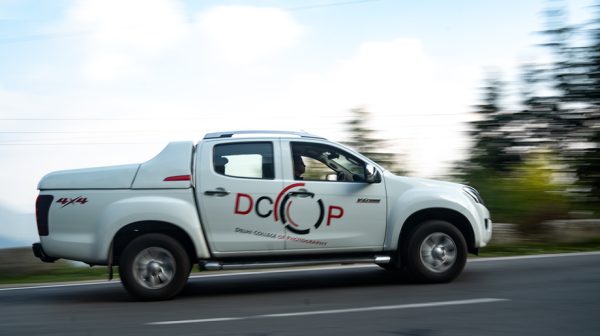
Outdoor shoot presents photographers with a variety of challenges and opportunities. The light throughout the day varies considerably and can have a huge impact on the pictures you take. Although the light varies throughout the year, and at different locations around the world, we sometimes can’t be as choosy on these but time of day is something we can select.
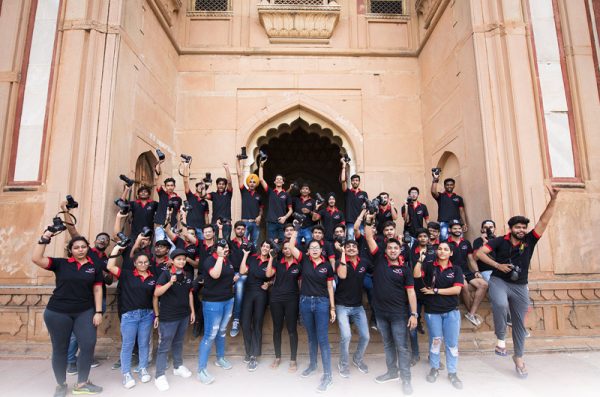
 Watch Video
Watch Video Composing an image means arranging elements within it in a way that suits the core idea or goal of your work best. Arranging elements can be done by actually moving objects or subjects. A good example of this case is portrait or still life photography. Street photography involves anticipation, since the photographer doesn’t usually have the choice of moving his subjects himself, but has to wait for them to make the most suitable position within the frame.
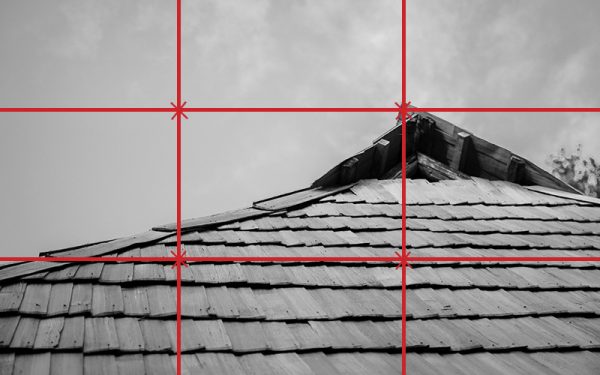
There are various types of angles to choose from while shooting any photograph. Shooting different kinds of pictures requires choosing appropriate angles to give a unique appeal to the photograph. Hence, knowing the angles right is necessary and helps you in creating visually appealing photos.
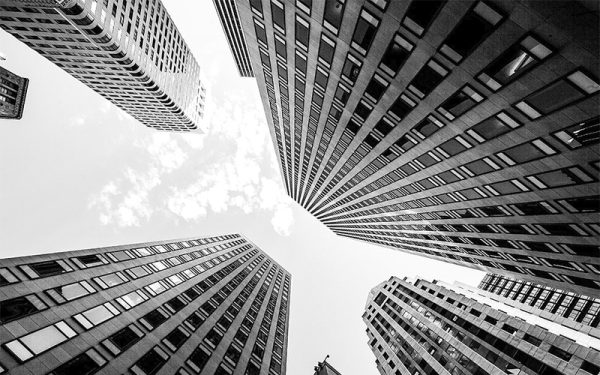
Framing refers to using elements of a scene to create a frame within your frame. For example, you might shoot through a doorway, pulled back curtains, branches, fences, tunnels, or arches to highlight your subject.
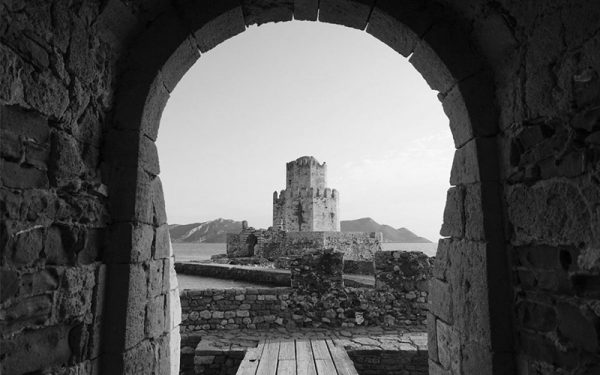
When it comes to creating a visually appealing photograph it is important to understand the rules of composition and angles. These rules set a guideline for the photographer, using which one can make more compelling photograph.
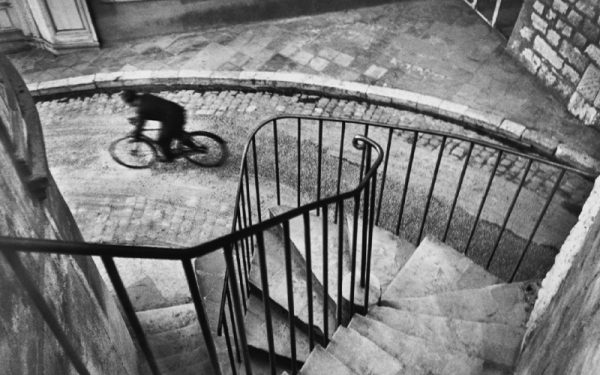
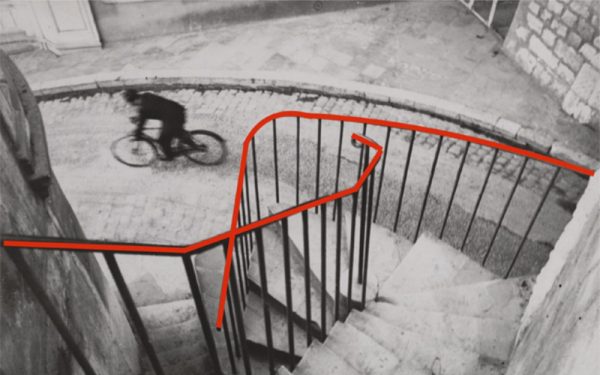
We’ll show you the exact settings you’ll need to use, and which gadgets are worth taking out and about with you. We’ll also throw in plenty of great tricks to help you encourage your camera out of its nightly slumber.
Does your digital camera only come out during daylight?
It can be tempting to wait for the sun to shine, but packing your camera away as soon as the light begins to fail can mean missing hours of great picture opportunities. Night photography can be one of the most rewarding genres you’ll shoot.
Your DSLR is more than capable of taking great pictures in these conditions – but it needs your help. If you take a point-and-shoot approach when the light gets low, you’ll end up either with blurred pictures or images where the ambiance of the scene has been lost.
Silhouettes are a wonderful way to convey drama, mystery, emotion, and mood to the viewers of your photos and often stand out in an album because of the combination of their simplicity but also the story that they convey.
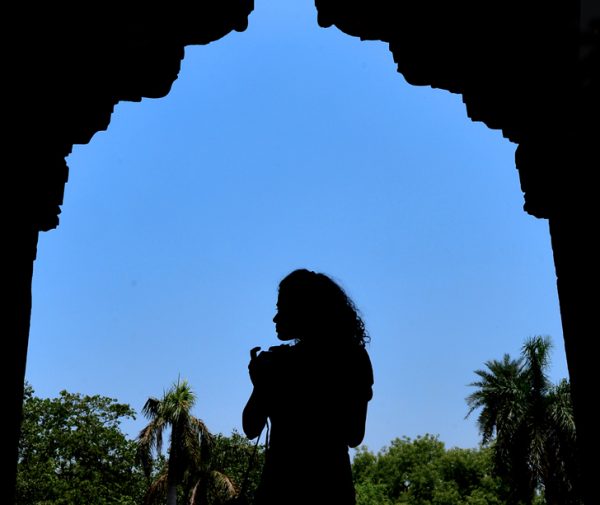
The whole idea of shooting pictures of smoke is to understand in what lighting conditions the smoke is shot. Silhouettes are a wonderful way to convey drama, mystery, emotion, and mood to the viewers of your photos and often stand out in an album because of the combination of their simplicity but also the story that they convey. The whole idea of shooting pictures of smoke is to understand in what lighting conditions the smoke is shot.
Smoke photography is used in a variety of genres of photography. For example; Food, Automotive, Product, Industry, etc.
There are a few things to keep in mind while shooting photographs that include smoke as an element of contrast or as the key subject. The lighting is dicey and the overall formation varies from different kinds of photography.

Long exposure is a technique used to shoot the movement of light from any point to the desired. Long exposure photography is used to shoot traffic trails, create interesting shots using composite as a technique, shoot star trails, etc. When shooting for longer exposure duration in the camera it is needed to have a few additional gears for achieving perfect results.
For example, a tripod, a shutter release cable or wireless remote control, external flash for specific situations, etc. Settings for such pictures are also different for every other photograph that one makes.
As confusing and tricky as it gets, it’s always fun to explore creative ways to use your camera.
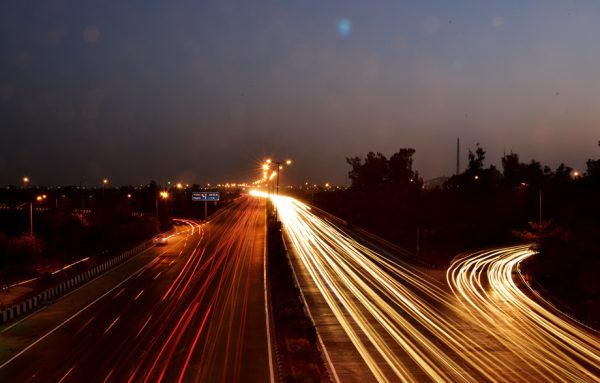
Light Painting is a technique that is used for creating really interesting patterns from different light sources.
Ranging from something as simple as a torch or something as complicated as a light shaping tube. Its fun and is also used in a lot of creative photographic processes.
Different types of photographers use these techniques for different purposes such as pre-weddings, Fashion, Portraitures, Products, etc. It requires a lot of practice and experimentations but the results are worth the wait.
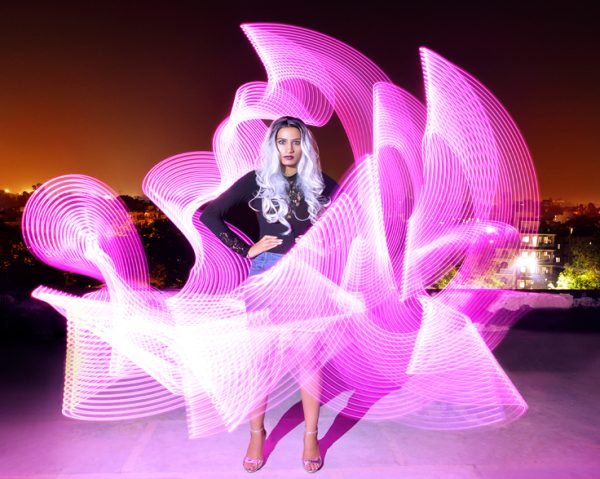
Three-point lighting is a basic lighting technique which can also be called the base of all other lighting techniques. This studio lighting setup enables the students to understand how the lighting plays an important role and how putting the lights in different positions creates depth and dimensions in a photograph.
Along with the knowledge of the light setup, the students also learn about different studio lights and various modifiers that are used for shooting photographs in the studio
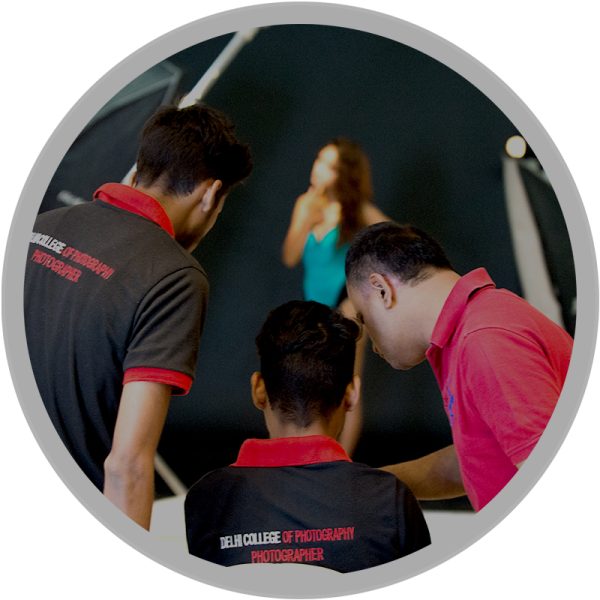
Shooting product pictures for e-commerce could be tricky at times especially when you are shooting products like metals and glass. As a part of the foundation photography, the students learn how to shoot these products with the most ease.
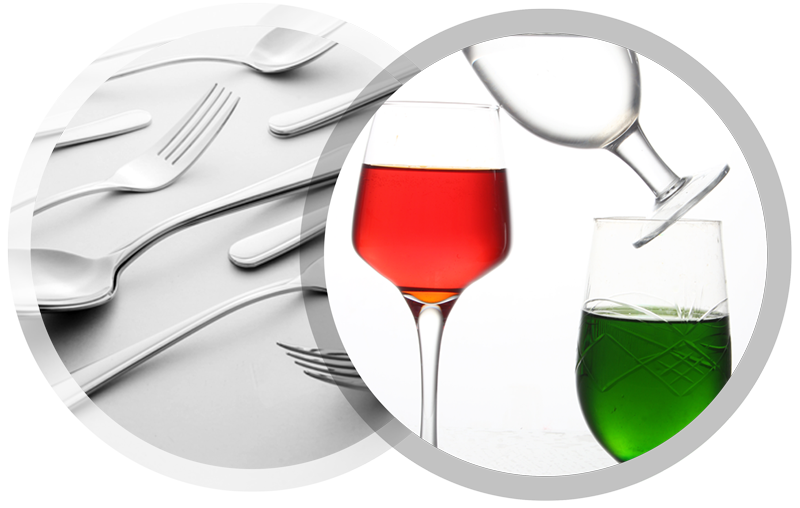
Flash photography is practiced for a very long time. The whole idea of using a flash while doing photography is to get better lighting while shooting in unevenly lit conditions. There are various ways one can use the flash for. There are various modes in the flash that can be used in different conditions.
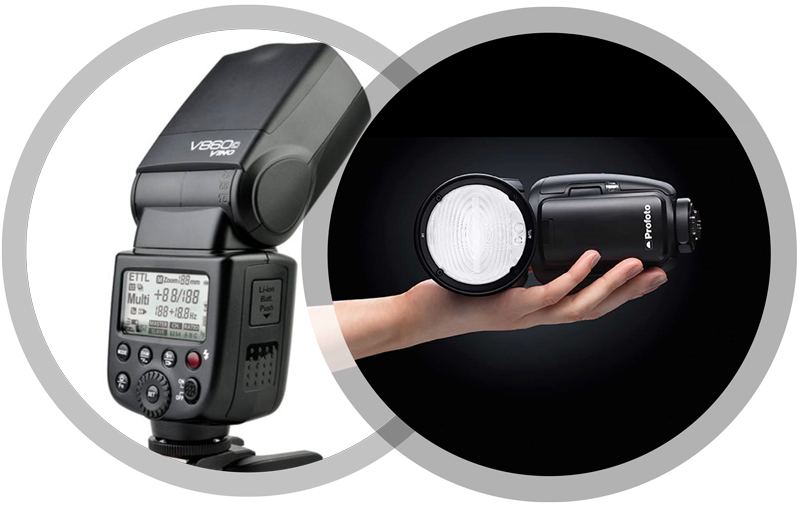
Levitation photography is a technique where the subject appears to be levitating or even more. This is a technique which involves shooting multiple shooting and photo processing to achieve the final result.
One can be highly creative while creating such images and simply add a dynamic edge to their collection of photographs.
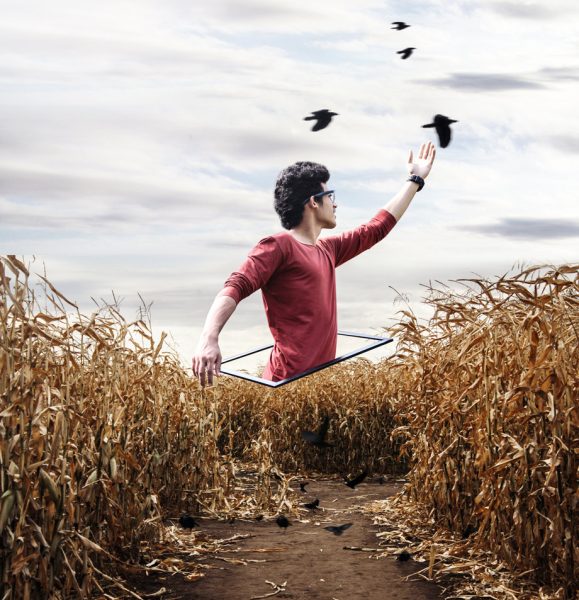
 Watch Video
Watch Video After a photographer takes a picture its very important to work on it, for final touch-ups to create digital art, how to manipulate images using various software,s to achieve desired results. Students will discover using sophisticated sharpening techniques, selectively applying filters, masks, tone, texture, color matching, correction, and many more from a professional point of view. The software we teach is industry standards like Adobe creative suite that includes Photoshop, Bridge, Lightroom, etc.
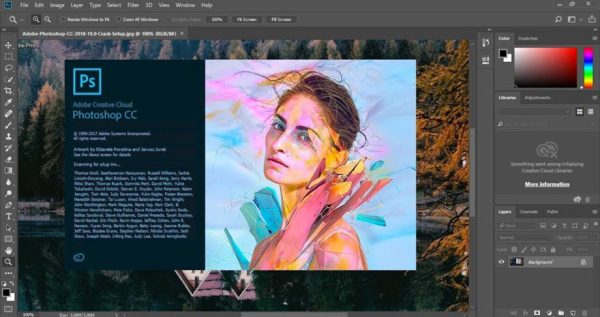
 Watch Video
Watch Video 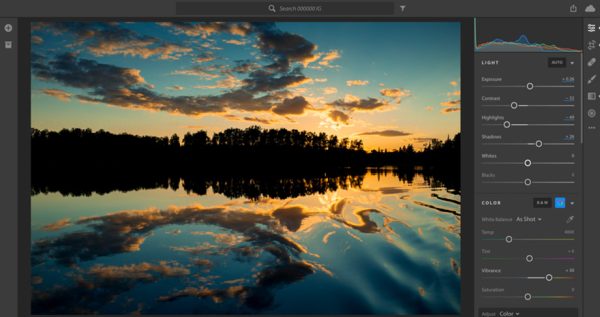
 Download Brochure
Download Brochure





















